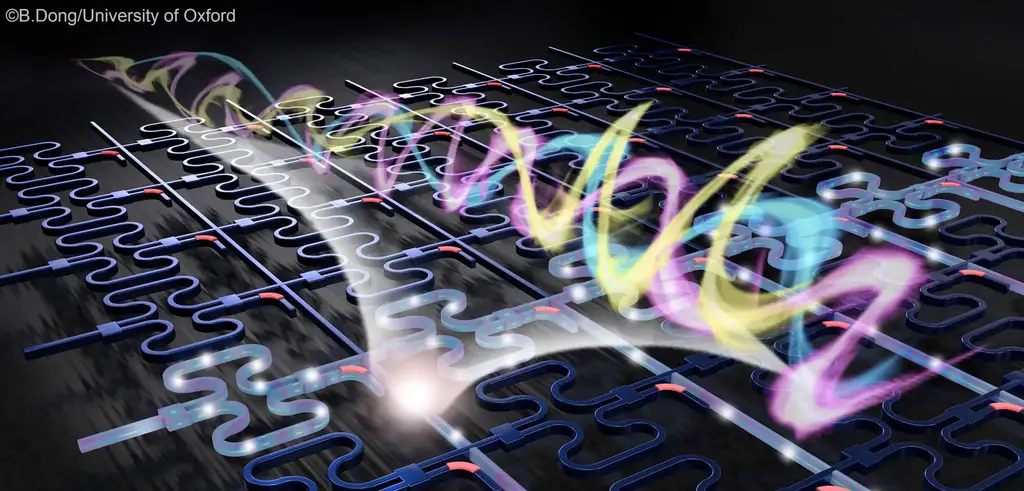Nanotechnology and AI are the ultimate combination.
The DNA nano engine can give new abilities for nanomachines.
The new DNA-based nanomachine travels pulsing movements. And that kind of system can give new abilities for nanotechnology. This kind of nano engine can act as a nanogenerator. The nanogenerators can give electricity to nano-size microchips. Nano-size microchips are needed to control miniature robots. The problem with nano-size microchips is this. The system requires an ultimate accurate electric supply. There is always a possibility. That electricity jumps over switches and routers in nano-size microchips.
But they can operate as a large entirety forming a hybrid core multipurpose microporcessor group. That kind of system with multiple nano-size microprocessors can act as a virtual quantum computer. Or it can control many actions at the same time. In virtual mode, the TCP/IP protocol shares the mission to all processors. And they need to make only part of that thing. So the system can share missions to multiple microchips. That makes it lighter for those systems. The nanomachines act like regular drone swarms. But they are much smaller.
The other version is to use an outside computer. If that system can connect with a long-range wireless electric supply the system can deliver electricity to nanomachines and same time the same system can exchange information between the support station where the control system is and the nano drone swarm.
The control might happen through the atomic vapor. That is one version of the antennas. The atomic vapor is between those drones. And the information will be transmitted to them through that vapor.
"Artistic rendering of a photonic chip with both light and RF frequency encoding data. Credit: B.Dong / University of Oxford." (ScitechDaily.com/Light Speed Ahead: 3D Photonic-Electronic Hardware Revolutionizes AI)
"Artistic rendering of a photonic chip with both light and RF frequency encoding data. Credit: B.Dong / University of Oxford." (ScitechDaily.com/Light Speed Ahead: 3D Photonic-Electronic Hardware Revolutionizes AI)
The new microchip can transform RF signals into photonic information.
The AI requires powerful computers. The new photonic microchip can transfer RF (Radio Frequency) or simple radio signals to photonic information. This is one of the most revolutionary things in computing. Photonic computers use less power than electric systems. The photonic microchips can use gas prisms or photonic crystals to change the photon route. The photonic microchips would be useful tools in the nanomachines.
The ability to use a system, that transfers RF signals to photons makes it possible to keep the temperature in the microchip lower. But things like pressure-wave scatter gas prisms require miniaturization.
The gas prism uses asymmetry of the scattering for aiming the laser ray. And that asymmetry is made by using pressure waves. In the last case, the system uses virtual gravity to change the photon's trajectory. The problem is how to transmit data to the photo-electric microchip. And the new microchip can transform RF signals into photons. The principle of that microchip is in the article linked below the text. These kinds of systems can used to transmit information between (nano) robots and their support systems.
https://scitechdaily.com/atomic-vapor-meets-radio-waves-the-future-of-antennas/
https://scitechdaily.com/dna-nano-engine-the-revolutionary-power-behind-tomorrows-nanomachines/
https://scitechdaily.com/light-speed-ahead-3d-photonic-electronic-hardware-revolutionizes-ai/






No comments:
Post a Comment
Note: Only a member of this blog may post a comment.